Towards a targeted optimization of electrocatalysts by combining electrosynthesis with in-situ electron paramagnetic resonance
In recent years, there has been a growing search for clean, environmental friendly methodologies for organic synthesis. Organic electrochemistry offers an interesting alternative to tackle the issues for organic transformations.


